I am designing a PCB which has +5V input from a USB jack and I want this power trace to be as large as possible to reduce input resistance. While doing my large traces on my PCB tool, one of the stock design rules is giving me an error that my neck down is too large.
I don't see how this can cause a problem. Is there a reason why this type of design rule exists?

